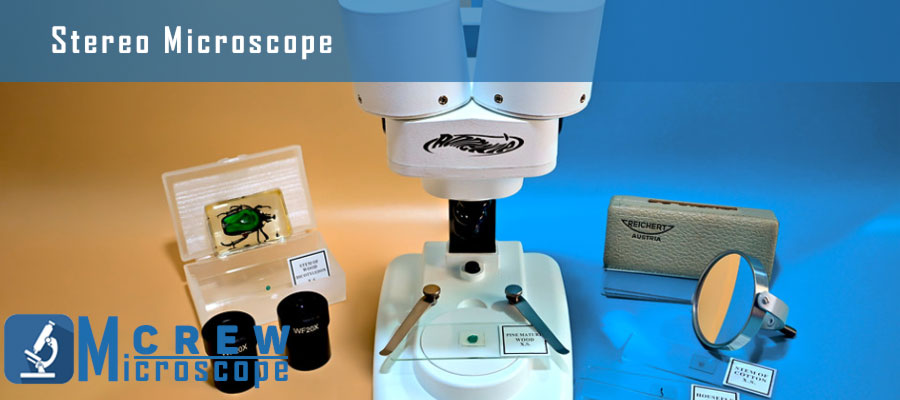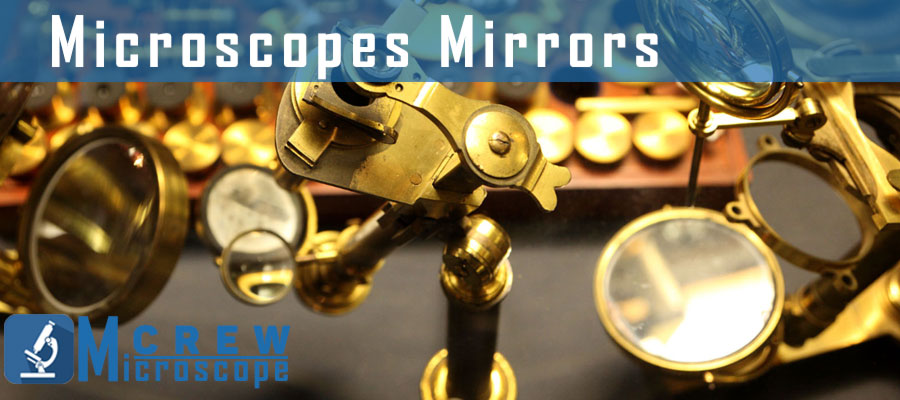The advent of science has led us to the discovery of several instruments that help scientists in many ways. Whether you have worked in a lab or not, you will know about microscopes. It is an instrument used to produce an enlarged image of a small object or specimen. Microscopes are used to view those objects that are too small to be seen with the naked eye. The earliest microscopes were made by the Dutch opticians Hans and Zacharias Janssen.
The most basic and common type of microscope is the optical microscope. This type of microscope uses visible light that is focused through lenses. There are different parts of microscopes that have different functions. In this article, we will be discussing the importance of mirrors in the function of microscopes.
What are the Parts of Microscopes?
A microscope consists of different parts. Each part of the microscope has its defined functions. Here is a list of all the parts of the microscope:
- Eyepiece
- Nose piece
- Coarse adjustment knob
- Fine adjustment knob
- Objective lenses
- Illuminator/Light Source
- Mirror base
- Diaphragm condenser
- Stage
- Arm
- Base
- Tube
What is a Mirror?
A mirror is a reflecting surface. Light does not pass through this reflective surface but bounces off to produce an image. For making a mirror, one side of a piece of glass is covered with a thin layer of silver nitrate or aluminum. Any object placed in front of the mirror shows an image of it in the mirror. There are three main types of mirrors used widely. These are plane, convex, and concave mirrors.
How Do Mirrors Work in the Microscope?
Mirrors work by reflecting the light passing through the specimen or object observed under the microscope. The first magnification is done by the objective lens. The image produced by the objective lens is then magnified by the eyepiece, and the final image is produced.
Why are Mirrors Important to the Function of the Microscope?

Mirrors are important to the function of the microscope as they make the microscopes more compact by focusing light. The mirror reflects the light coming from an external source and moving up through the bottom of the stage. A mirror has a flat and a concave side. Light usually reflects from the flat surface and produces a sharper image. Mirrors help in concentrating the light efficiently through the specimen to be observed.
How does Mirror Catch the Light in a Microscope?
The mirror catches the light in the microscope by placing an external light source, such as a lamp near the mirror. In this way, the light is directed upward through microscope lenses. The concave side of the mirror is used for the sunlight whereas the flat surface of the mirror is used for artificial light.
Types of Mirrors Used
Mostly two types of mirrors are used in a microscope. These are concave mirrors or plano concave mirrors. Lenses and mirrors work in combination to produce a sharp and magnified image of the object.
Where is the Mirror Present in the Microscope?
A plane or concave mirror is placed at the base of the microscope. It is mounted on a swiveling support adjusted in such a way as to reflect light from a natural or an artificial source to the object or specimen to be observed under the microscope.
Why do we Use Concave Mirrors in Microscope

A concave mirror is used in the microscope because it converges the light rays to one point and also magnifies the image. They reflect the light passing through them and produce a magnified and sharp image of the object or specimen. A concave mirror acts as a condenser and ensures that the surroundings are dark while producing the image of the object.
Conclusion
Microscopes are an important discovery of science. They allow you to observe and examine the minute details of objects or specimens that are invisible to the unaided eye. Important parts of any microscope type include the eyepiece, stage, nose piece, objective, condenser, diaphragm, mirror, etc. Mirrors play an important role in the function of a microscope. They help to reflect light from the object to be observed and produce a focused image in the objective lens. Plane or concave mirrors are present in most microscopes. A concave mirror at the base of the microscope darkens the surroundings, producing a sharp and focused image of the object under observation.


Leave a Reply